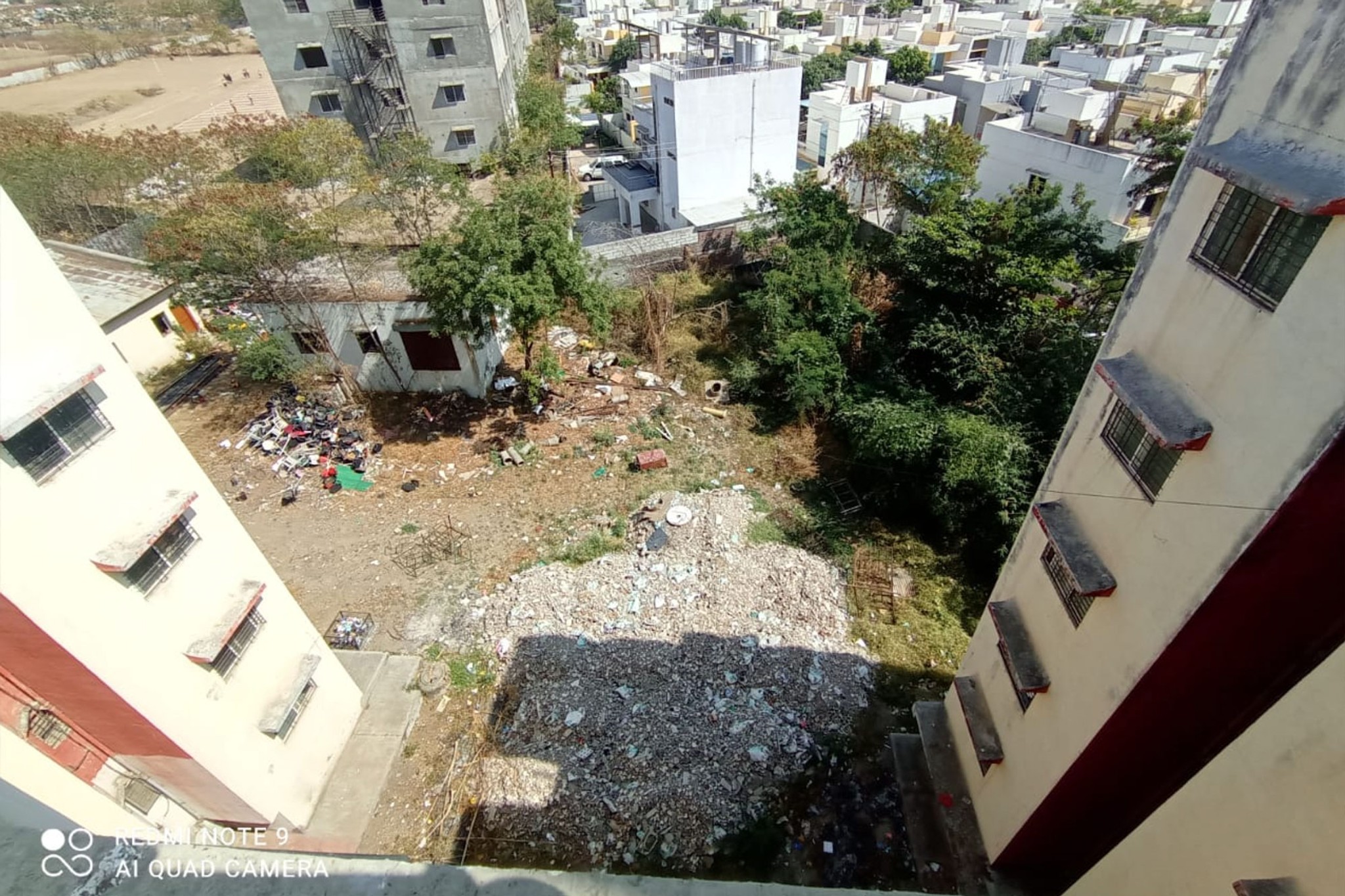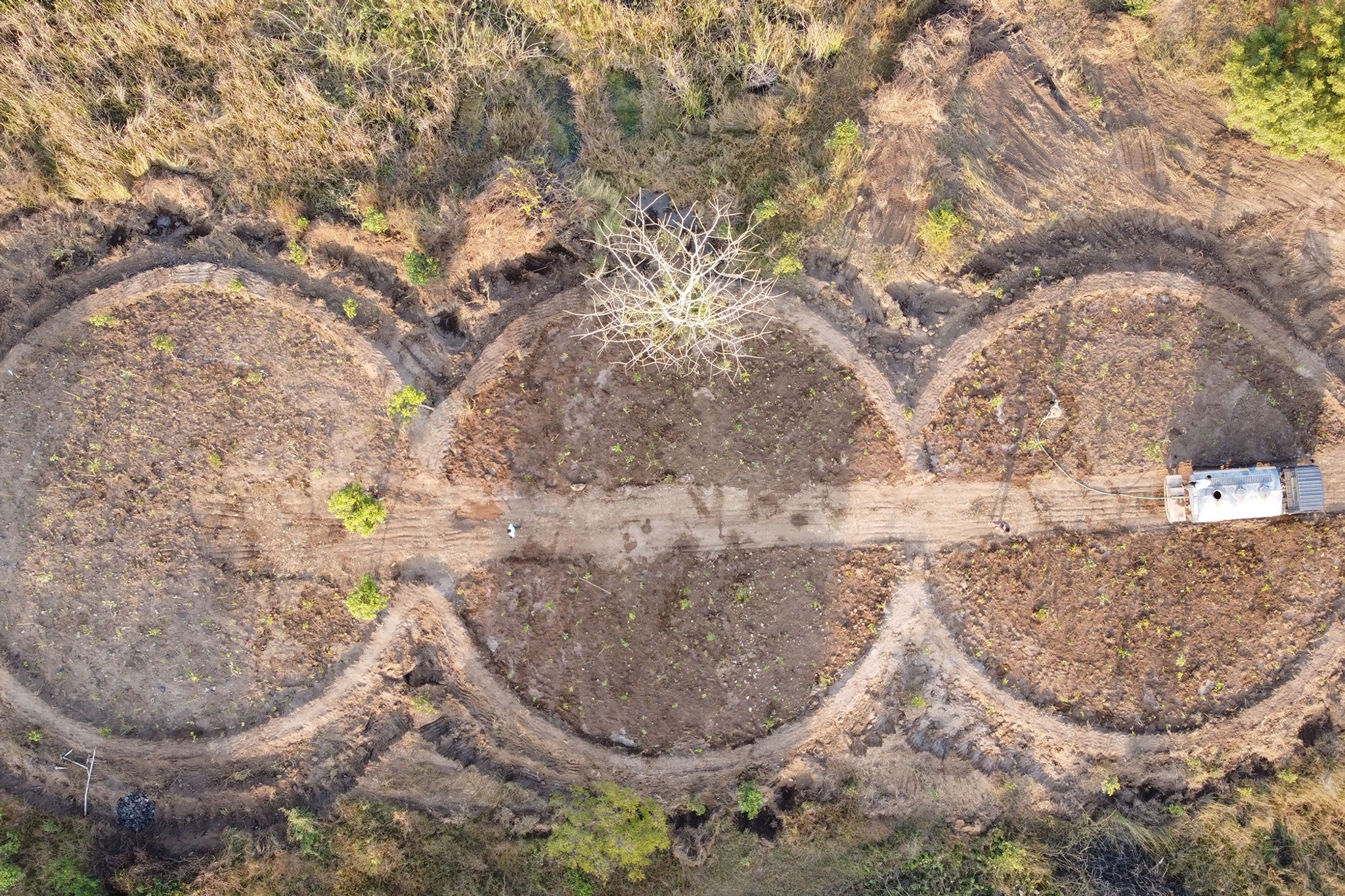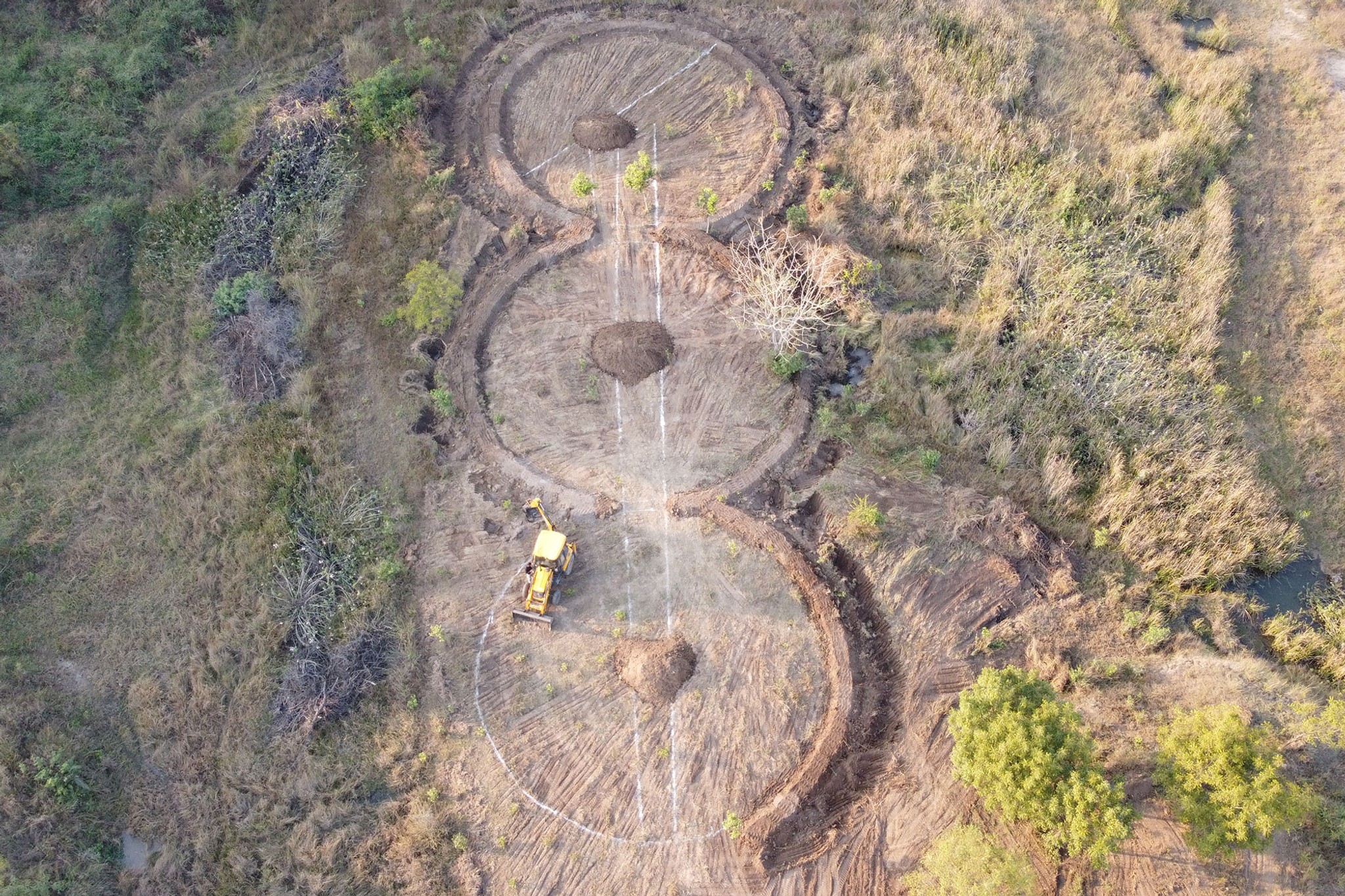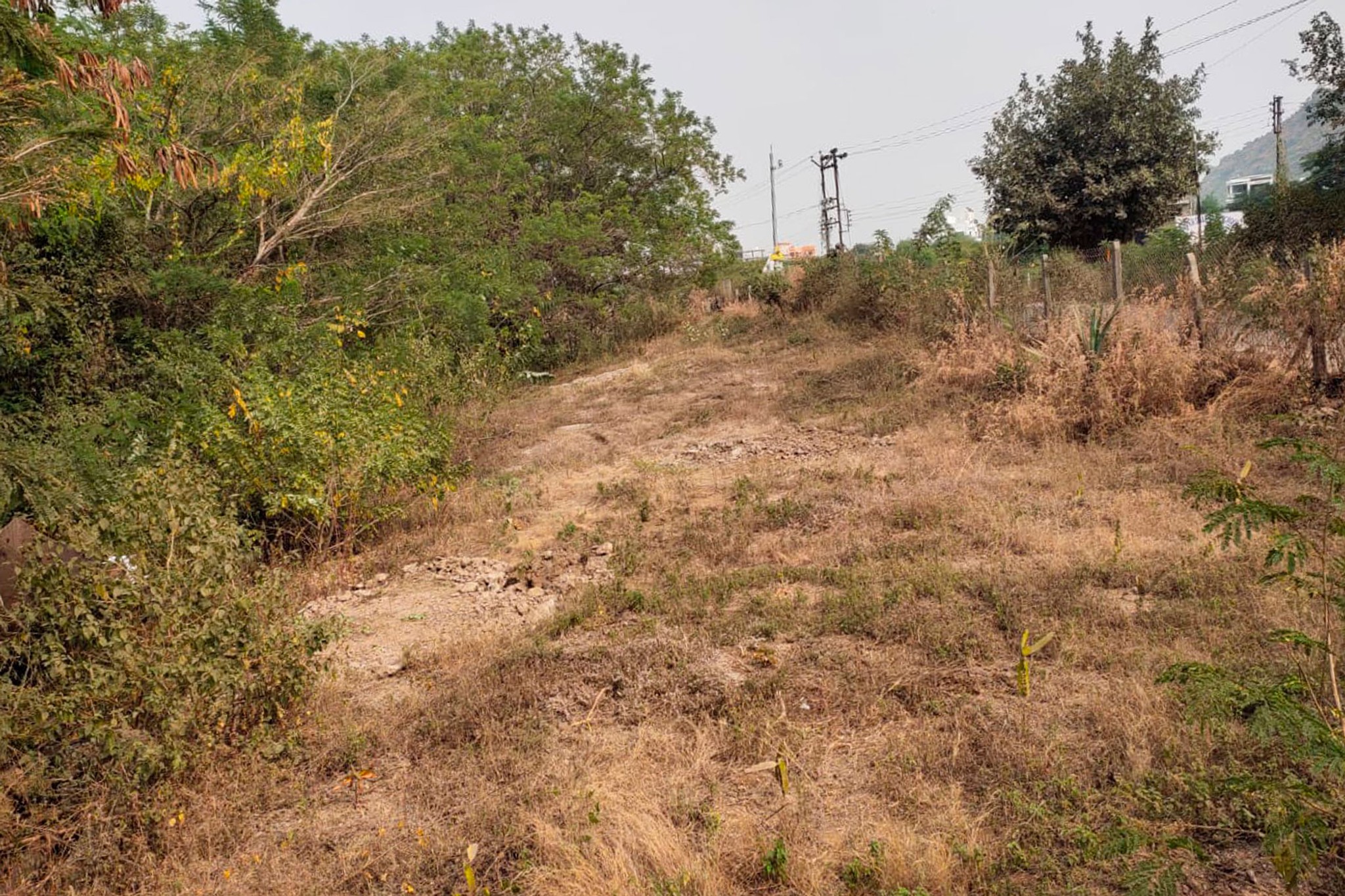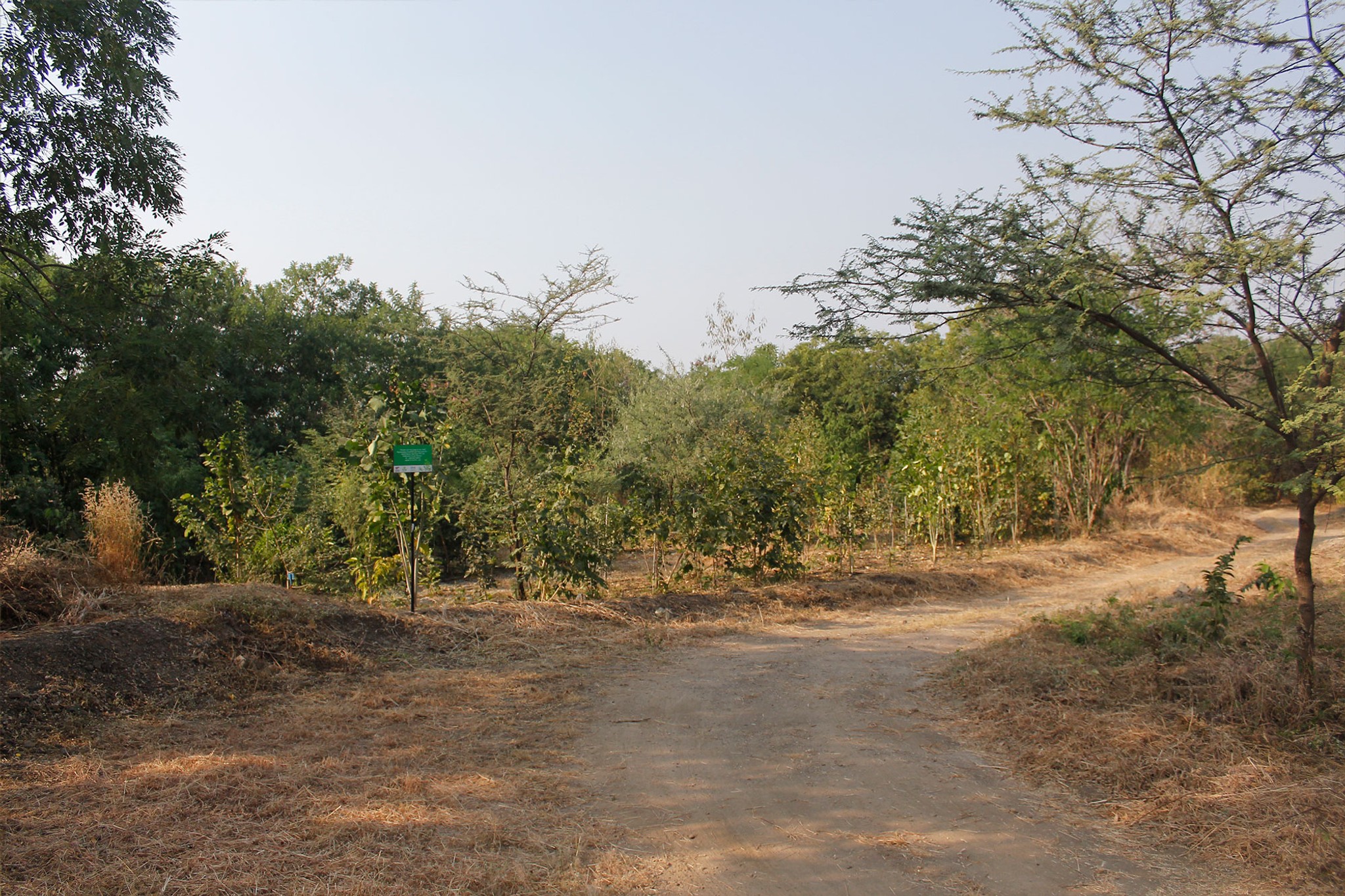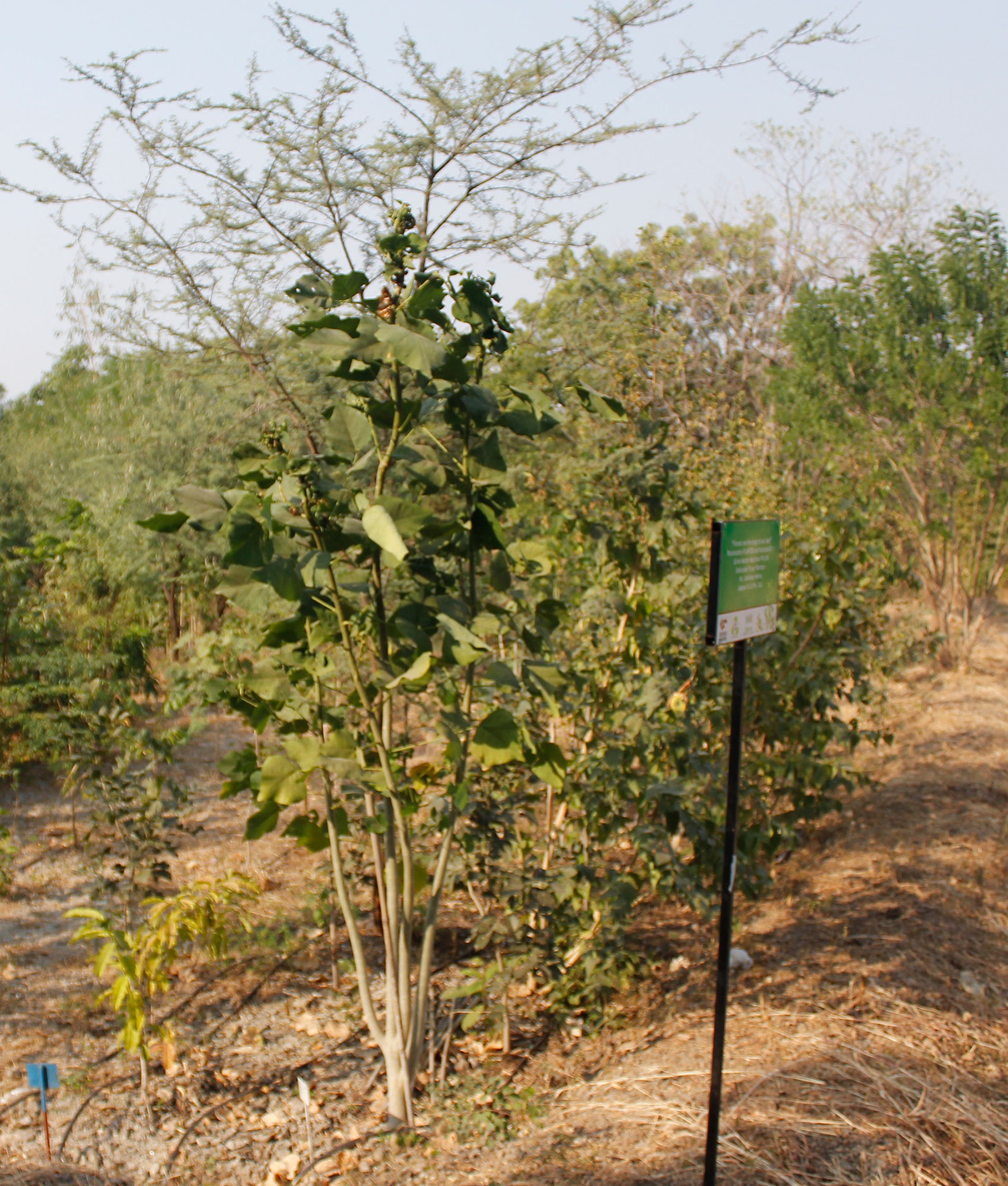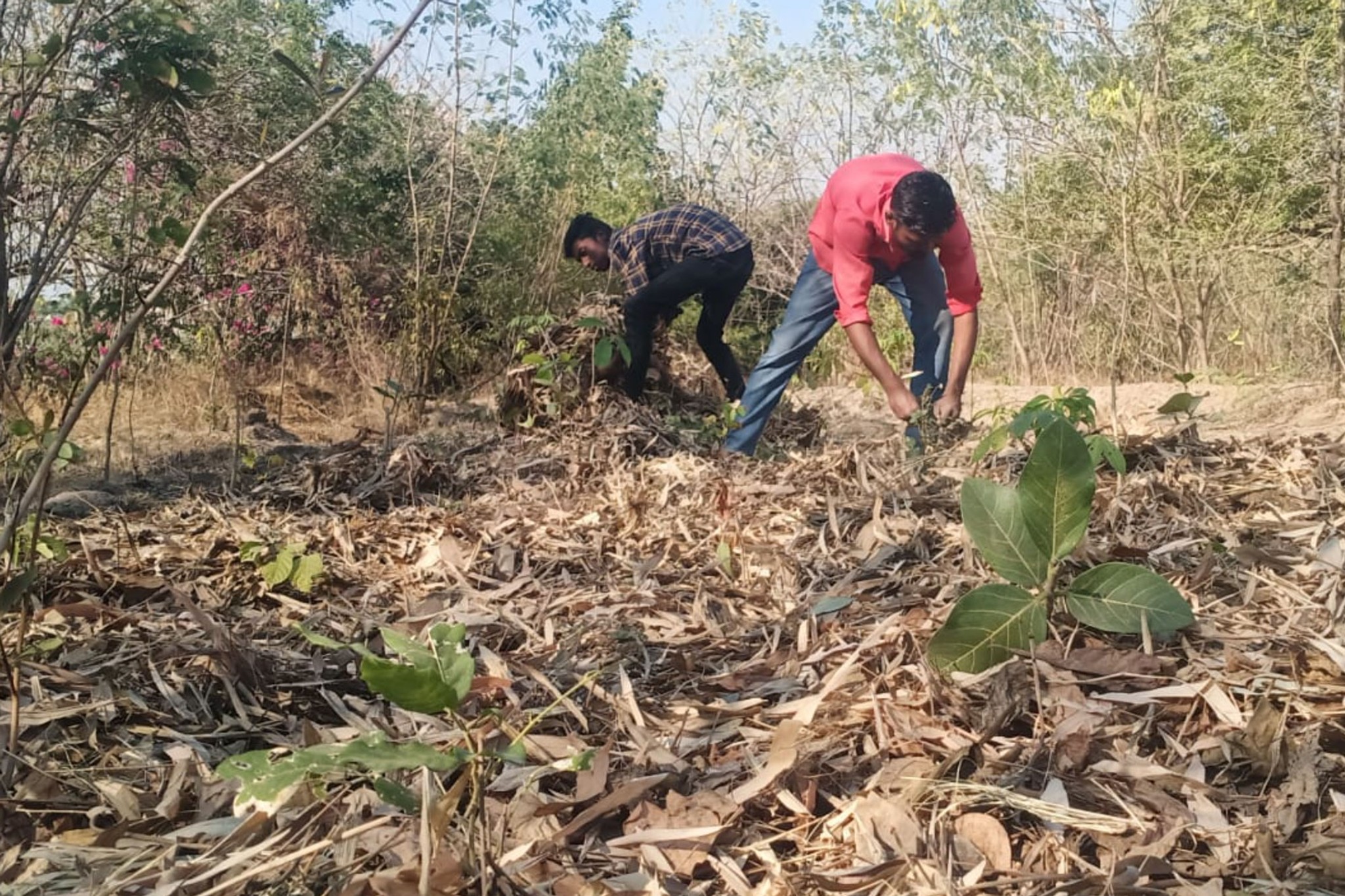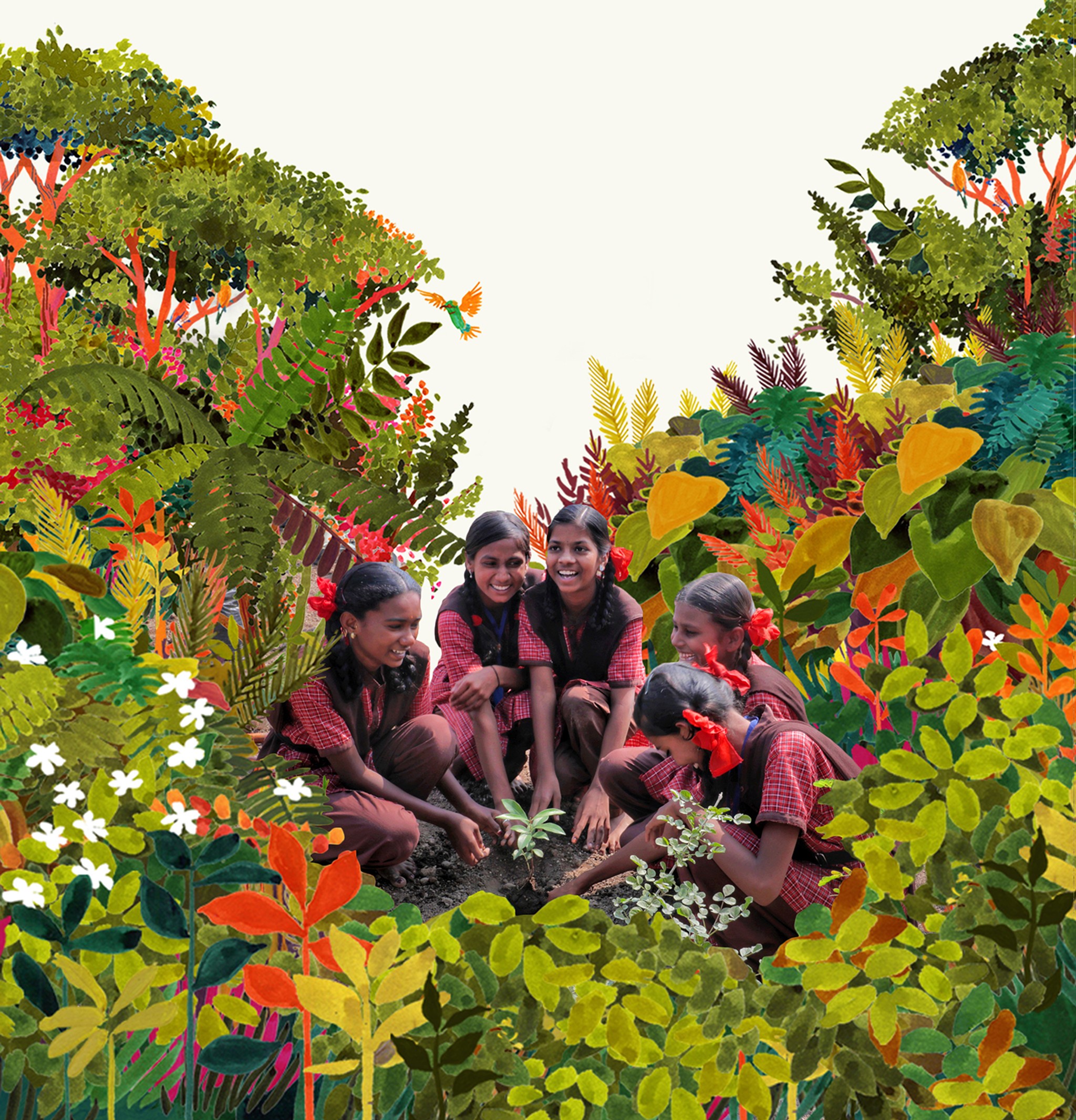Green Mission Aurangabad
Cultivating havens of biodiversity across Aurangabad.

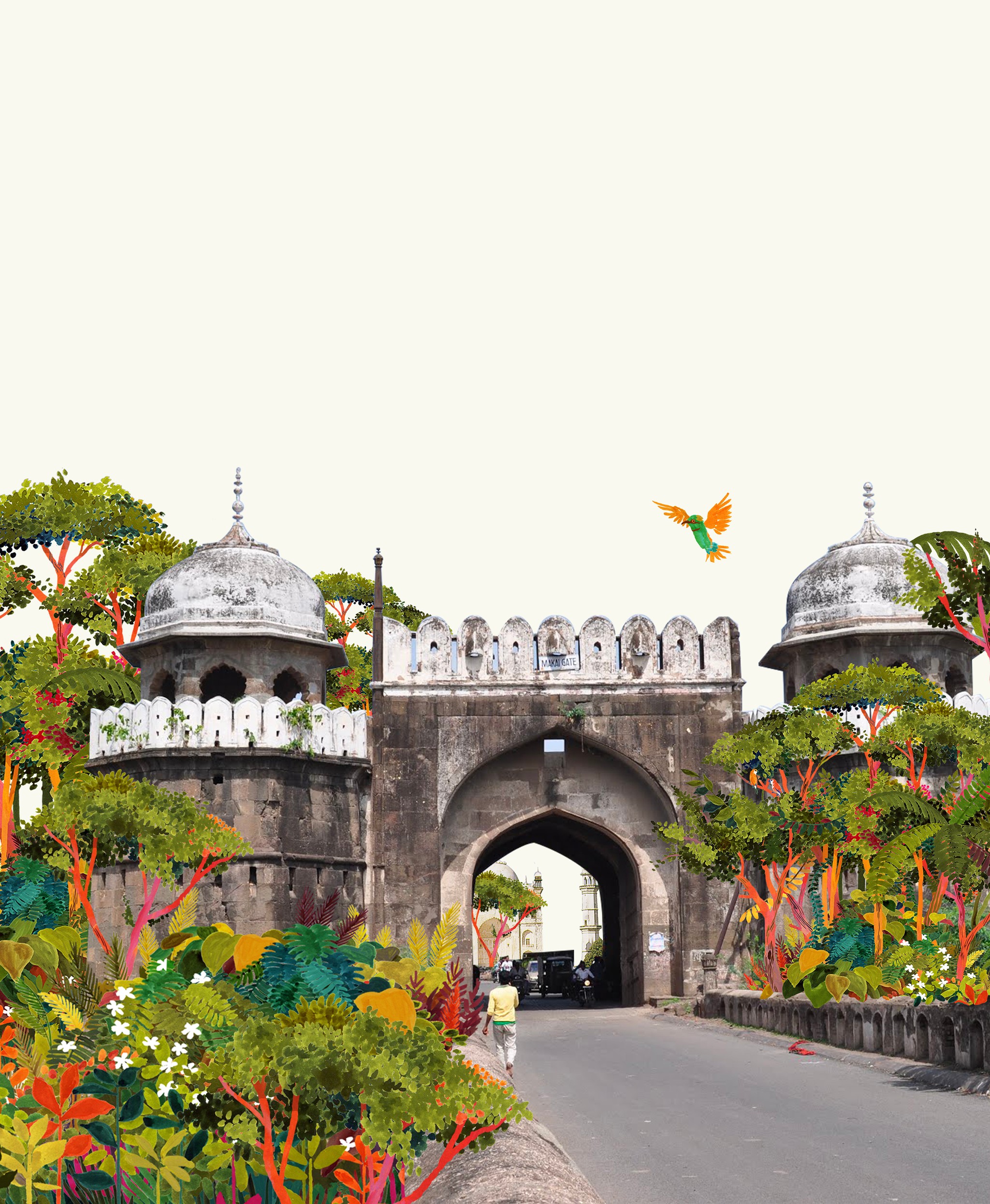
0
Trees
0
Square Meters
0
Native Species
0
Youth Impacted
The Green Aurangabad Mission is one of our most ambitious projects - planting over 20,000 trees at six sites across Aurangabad, including at two schools and two public health centers.
As these SUGi Pocket Forests continue to grow, they will become areas of rich biodiversity that support wildlife and become hubs for environmental education in their respective communities. These green spaces will also offer a peaceful place for local people to shelter from heat and reap the benefits of nature from better air quality to peace of mind.
The project is an example of ‘urban acupuncture’ in action - a term coined by the Spanish architect and urbanist, Marco Casagrande - meaning an array of small, considered interventions across a city. Forests and green spaces serve as the acupuncture needles, helping the city to heal and rebalance itself.
Forest Maker
EcoSattva
Forest Partner



Khemka Community
Forest Report
0%
Survival Rate
0m
Average of Tallest 3 Trees
2024
Nearly all of the trees have survived in the forest. We’ve spotted a good number of snails, butterflies, and dragonflies flying around the trees and bushes.
2023
The forest is the most well-maintained out of all green mission projects, regular watering and de-weeding is being carried out, and consequently, the survival rate is almost 100%. The caretaker has a personal interest in gardening and a love for plants - his utmost care shows off in the health of the forest. Despite being amidst an industrial area it is covered with big trees and vegetation around the vicinity. Birds and other animals venture into the forest. We even heard that a monitor lizard is often spotted by the caretaker in the forest.
This is a very special forest, although small, it is mighty. The Khemka Community has taken this land on leave and license from the government - over the past two years they have been planting and nurturing trees there. It's being lovingly cared for by local families and acquaintances of the Khemka Community - by anyone from the city who would like to volunteer!
Biodiversity Notes:


MIT College
Forest Report
0%
Survival Rate
0m
Average of Tallest 3 Trees
2024
The forest is thriving well, with its tallest plants now measuring over six meters. We’ve seen lots of burrows in the forest, indicating many animals have moved into the forest - the burrows were most likely left by large mice or rodent species, or snakes.
2023
This college site has grown well, but there have been some challenges around maintenance and as a result, the survival rate is a little low (75%) compared to the other sites. No wildlife has been observed yet, but the forest is still very young at this point. We can hope and expect to see wildlife in the forest as it continues to grow and mature.
MIT is a leading college in the Marathwada Region with students coming in from far away towns and villages to get an IT education in the city of Aurangabad. This corner of the campus was full of debris and scrap and the students staying at the boys' hostel were disturbed by it. They requested us to suggest what they could plant and do there without following up with the administration.
Biodiversity Notes:


Jalna Labyrinth
Forest Report
0%
Survival Rate
0m
Average of Tallest 3 Trees
2024
The forest has become a refuge for animal life - we’ve seen nets of the baya weaver, as well as some empty nets of small birds like prinias - indicating the young have now grown up and left their home. We’ve also seen lots of dragonflies and butterflies in the forest.
2023
This is another young forest that is in the watering phase and still requires continuous maintenance. It is growing very well, however, some weeds have had to be removed. There is also a stone quarry in the vicinity, and there we have observed quite a number of birds and insects using the forest for nectar and feeding.
Biodiversity Notes:
“We are interested to plant a Miyawaki forest on our college campus to increase biodiversity and support the local ecology. This forest will help us to teach our students about biodiversity, the importance of native species and ecological restoration.”
Mr Sonawane, Goraksh College, Phulambri, Aurangabad


SRPF Moon Phase
Forest Report
0%
Survival Rate
0m
Average of Tallest 3 Trees
2024
The forest is doing great - all of the trees we planted have so far survived. We’ve found many butterflies in the forests, as well as some tiny birds like the red-breasted flycatcher.
2023
This forest is an isolated place, ideal for small mammals, reptiles and all types of fauna. It is located on private land, but people do still come to visit the forest for morning walks and jogging.
The State Reserve Police Force has a vast campus with over 1,200 families living on-site and 1,500 trainees. This site has enabled the families to experience planting, nurturing and growing of a native forest onsite! The watering, weeding & general maintenance has become a routine process for the trainees.
The plantation has been made in the phases of the moon, to make optimal use of the space available, interspersed between shrubs that were already standing. Water harvesting techniques of Bunding were also instituted.
Biodiversity Notes:
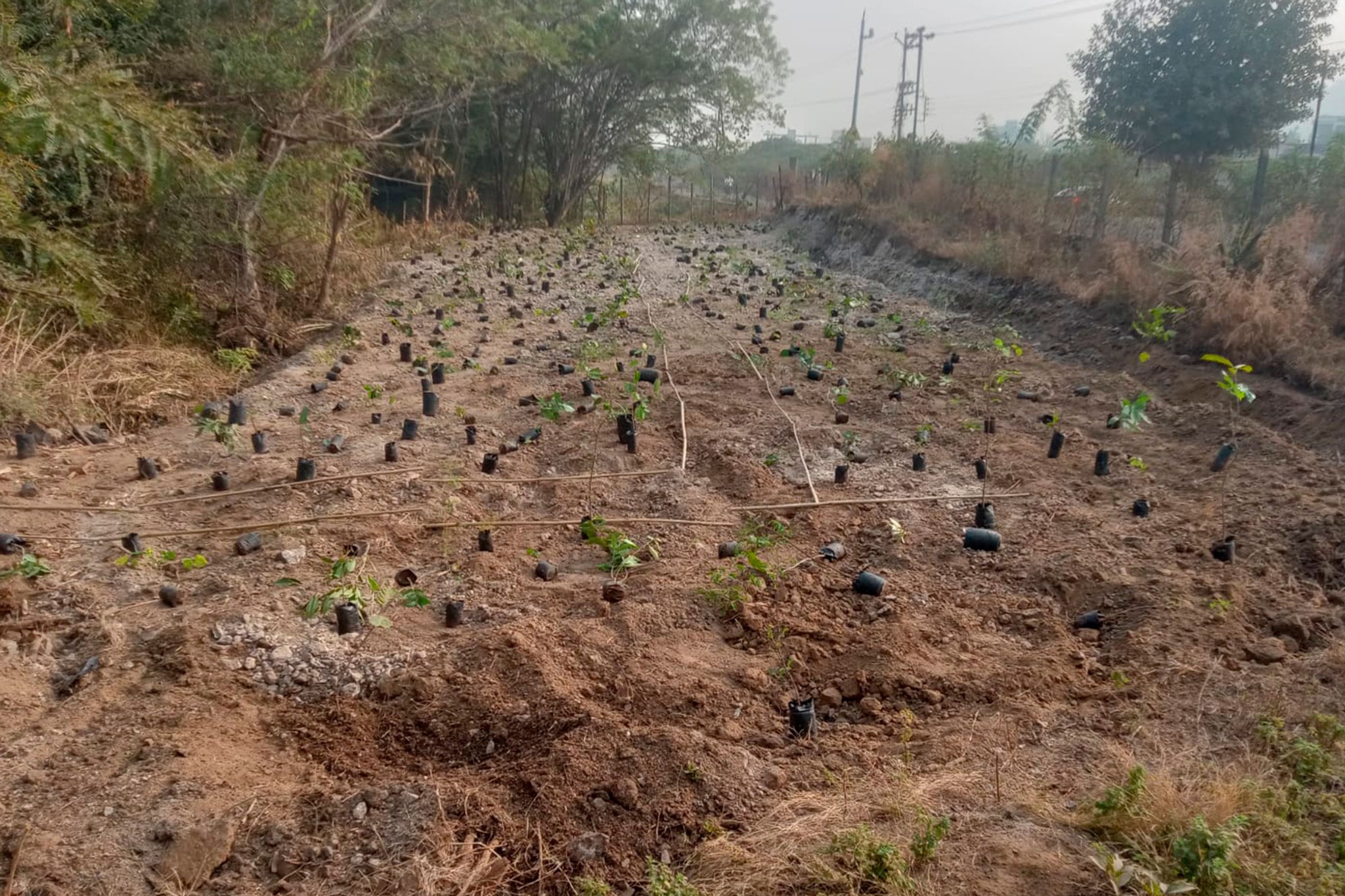

Bandajai Ban Biodiversity Park
Forest Report
0%
Survival Rate
0m
Average of Tallest 3 Trees
2024
The forest is teeming with life among its many tall trees. We encountered many bee-eater birds in the forest, as well as monitor lizards.
2023
There is a strong presence of wildlife due to this isolated campus. Sometimes, dead wood is being used by the local community for firewood and fuel.
This is a family-owned space that is now developing into a biodiversity park, for the community, over a 10-acre area. This space is dedicated to research and trials of different methods of plantation, restoration and water management, such a Butterfly gardens, efforts for removal of invasive species like lantana, gliricidia, subabul, and replacement with native indigenous species.
Biodiversity Notes:


Prithvi Forest
Forest Report
0%
Survival Rate
0m
Average of Tallest 3 Trees
2024
The forest is looking incredibly lush, with trees now at over six meters tall. Closer to the ground, we spotted an abundance of insect life, with many butterflies flying around the forest.
2023
There is much scope for wildlife to adapt here, with plenty of space and a suitable environment to nurture indigenous species.
This forest has been planted to increase the green cover of the Satara-Kanchanwadi ward of Aurangabad City. The forest will be watered through harvested rainwater and mulched using materials from the farm itself. It is being cared for lovingly by the family that resides on this farm. A family of Spotted Owlets have begun to make their home in a tree neighbouring the forest.
























